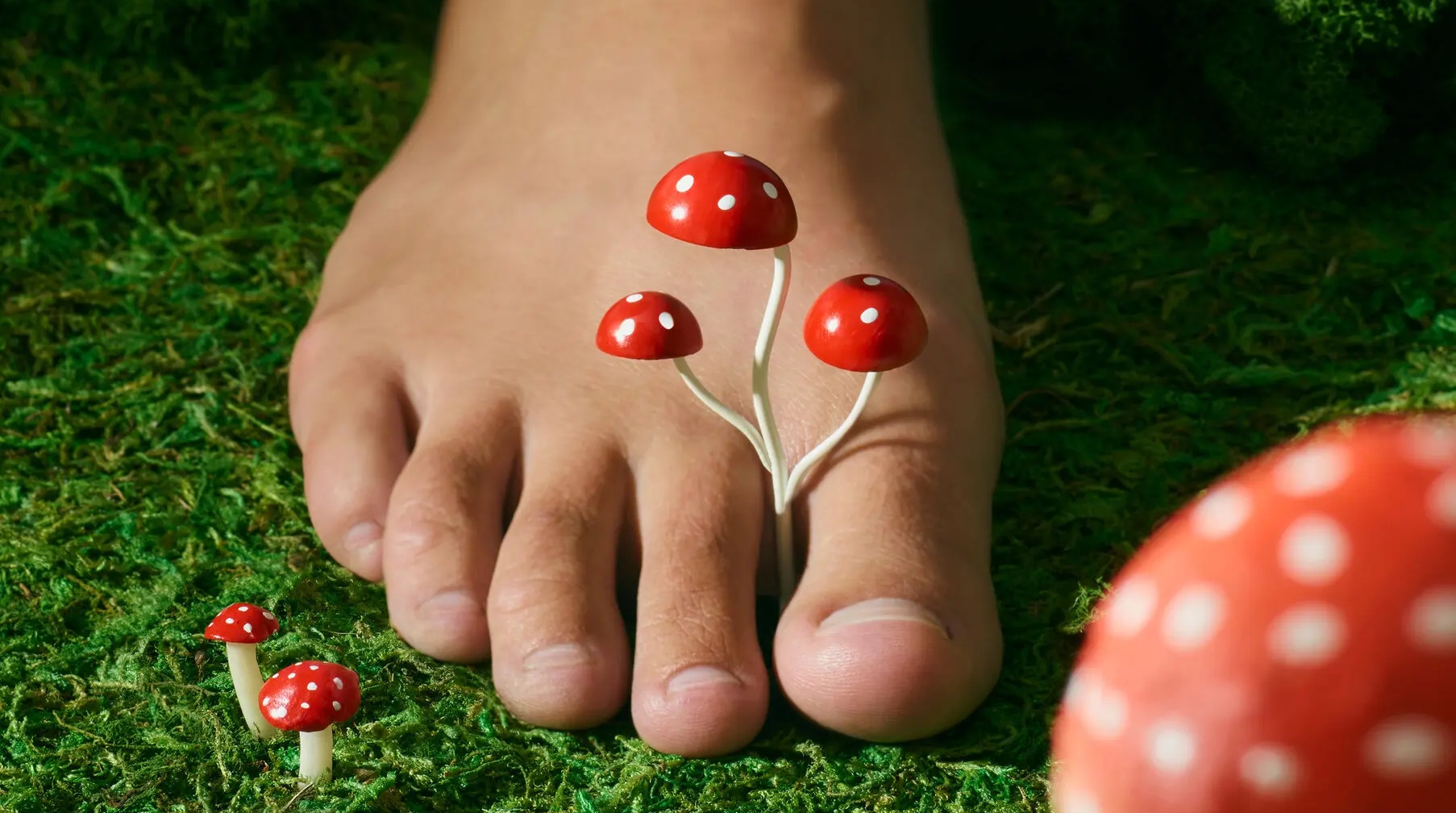How to eliminate toenail fungus?
No matter how unsightly, the infection is usually manageable, but only with proper treatment.

Q: It looks like I have fungus under my toenails, but how can I be sure? Does toenail fungus go away on its own?
Yellowish, brittle, and strange-looking toenails often indicate that a fungal infection called onychomycosis has settled there. Specialists affirm that these infections do not disappear on their own and that they can be easily spread from one person to another if they are not treated.
“Fungi tend to be voracious,” said Boni Elewski, head of the department of dermatology at the University of Alabama at Birmingham. If we get them from close contact with someone who is infected or from walking barefoot in a locker room, for example, they can travel under the toenails and spread to the nail itself, Elewski said. Wet, sweaty shoes provide favorable conditions for the fungus to grow.
Toenail fungus affects around one in 10 people worldwide and this becomes more common with age: it afflicts more than half of people over 70 years of age. Patients who are diabetic or have weakened immune systems are also more susceptible, said Shari Lipner, a dermatologist at Weill Cornell Medical Center in New York City.
Is it really a fungus?
Specialists say that the first step to getting your nail back to normal is to confirm that you really have a fungus to begin with. Among the telltale signs are thickened, discolored, cracked, misshapen, or sometimes painful and smelly nails.
But fungus is responsible for only half of nails that look abnormal, Elewski said. Trauma to the nails, whether caused by single injuries or repetitive activity in shoes that are too tight, can also cause toenails to become discolored or thickened. “We can’t be sure it’s onychomycosis just by looking at it,” she added.
According to Lipner, doctors usually confirm that it is a nail fungus when they examine a sample under a microscope.
They may also perform a PCR test or a fungal culture to determine which species has infected the nail, although these tests are not always necessary because most people have a type of fungus called Trichophyton rubrum, Lipner explained. However, if the treatment is not working, the dermatologist may want to know more about the organism under the nail.
Prescription antifungals almost always solve the problem, but it’s not a good idea to take them without first confirming the presence of fungus, Elewski said. If fungicides are used unnecessarily, this can make these medications less effective over time and contribute to a growing problem called antifungal resistance.
Which fungicides are most effective?
Although some pharmacies devote entire aisles to over-the-counter antifungal ointments, Elewski said the most an over-the-counter treatment or home remedy can do is improve the appearance of the nail.
If we really want to kill the fungus, “the only option is a prescription fungicide,” said Antonella Tosti, a dermatologist who treats nail disorders at the University of Miami Miller School of Medicine. There are prescriptions for topical use, such as creams, ointments or serum solutions; There are also oral antifungals, that is, in pills.
According to Lipner, topical fungicides can be useful for milder cases that only affect one or two nails. But one drawback is that we may have to apply the medicine for about a year before the fungus completely disappears.
If there is fungus under several nails, or if the nails are too thick, Lipner usually prefers oral prescriptions. These pills, terbinafine or itraconazole, can kill nail fungus in about three months. According to Lipner, even after oral pills have killed the fungus, nails can continue to look funny for up to a year while a new, uninfected nail grows.
Elewski said that, in the meantime, some drugstore remedies could improve the appearance of the nail by softening the skin around it or thinning the nail. It is sometimes possible to use a nail polish on the infected nail at the same time as taking oral antifungals, Lipner said. But you do not have to do this if you use topical medications.
Whether we are prescribed an oral or topical antifungal, according to Tosti it is important to stick to the treatment every day. “It’s not something that can be cured in a few weeks. It is very important to comply with the treatment,” she explained.
How to prevent infections from recurring?
Specialists warn that successfully eliminating nail fungus does not mean that it cannot be contracted again. In fact, about 25 percent of patients get infections again.
Lipner recommended thoroughly washing socks or other clothing that has been in contact with the initial infection and throwing away the shoes we wore when we had the nail fungus or spraying them with disinfectants.
To prevent fungus in general, keep toenails trimmed and avoid walking barefoot in gym locker rooms or around swimming pools, Lipner said. If our feet frequently sweat in closed-toe shoes, we should wear moisture-wicking socks and, if possible, change into dry shoes.
If the skin on your feet becomes dry, inflamed, itchy, or scaly, you may have athlete’s foot, which is caused by the same fungus that can spread to your nails; so it is important to receive treatment immediately. Unlike toenail fungus, some over-the-counter medications can help combat athlete’s foot.
“But we should not blindly self-medicate. We must confirm with a dermatologist that we are using the correct treatment,” Lipner said.



